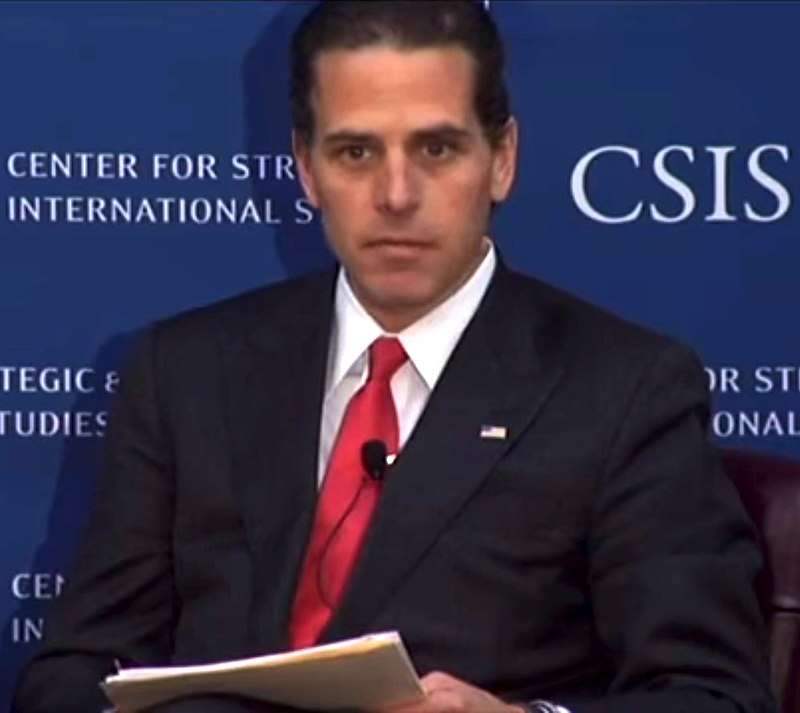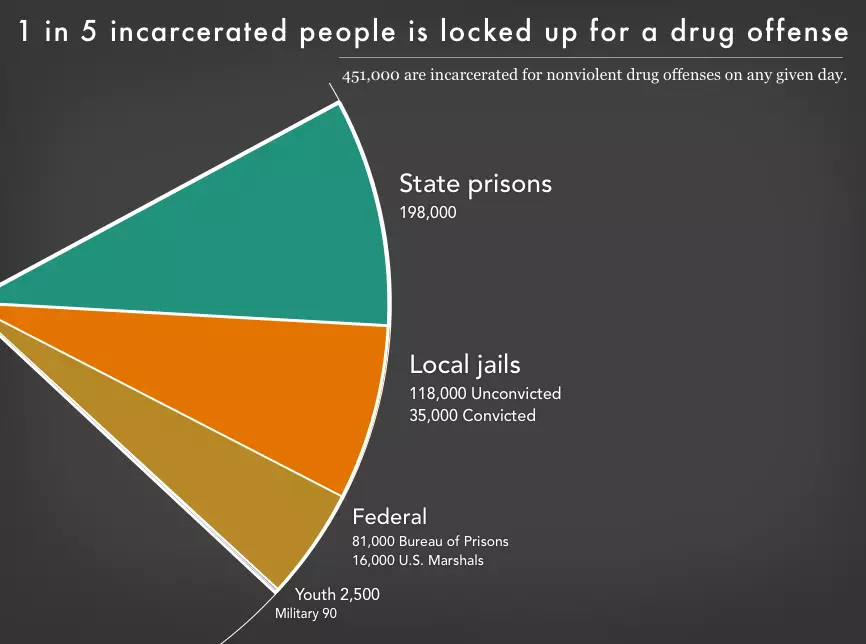The late Judge Robert Bork infamously compared the Ninth Amendment to the U.S. Constitution to an “inkblot.” The text’s admonition that “The enumeration in the Constitution, of certain rights, shall not be construed to deny or disparage others retained by the people” was insufficiently determinate and open to broad interpretation. Any claim that a given right is protected through the Ninth Amendment would likely reveal more about the values of the individual making the claim than the Constitution itself. Accordingly, Bork warned, the Ninth Amendment should not be relied upon to invalidate legislation. After all, a judge cannot rely upon a provision of the Constitution to invalidate legislation if the judge does not know what that provision means.
Bork’s assessment was criticized by some as a departure from his favored judicial philosophy of originalism. However indeterminate, the text of the Ninth Amendment is part of the Constitution’s text and if the original public meaning of the Constitution is to govern, this text must control. Whether the Ninth Amendment is an instruction to legislatures or a proper basis for judicial review of legislative action, it is a part of the Constitution that should be interpreted and applied as any other. It may be that resolving the amendment’s meaning may be more difficult than other, more determinate constitutional provisions, but that does not give judges (or anyone else) license to act as if the amendment does not exist or is covered by an inkblot. It was ratified through the same process as every other amendment, and should be interpreted and applied through the same methods.*
In the current impeachment debate, some of the President’s defenders seem to have adopted a similar approach to the phrase “high Crimes and Misdemeanors” in Article II, Section 4. Whereas treason and bribery are clearly defined offenses with specifically identified elements, we are told, it is less clear of what “high Crimes and Misdemeanors” consists. Further, this lack of determinacy creates a risk that different legislative majorities at different times will reach different conclusions about what constitutes an impeachable offense and, worse, that such conclusions will often be driven by partisan conclusions. Thus, it is argued, unless something clear, such as treason, bribery, or perhaps some other criminal act, can be shown, a President should not be impeached.
One problem with this argument – particularly when made by folks who otherwise embrace originalist approaches to constitutional interpretation – is that it is quite anti-originalist. The phrase “High Crimes and Misdemeanors” may be less determinate than “treason,” not least because the latter is defined in the Constitution itself, but it is still a part of the constitution and is still subject to interpretation. That interpreting it and applying it may be more difficult does not mean it should not be interpreted and applied. There is no license for excising it from the Constitution or pretending it does not exist. Indeed, there are many clauses in the Constitution that, at first glance, are no less indeterminate, and yet few make the argument that they should not be relied upon.
As it happens, the framers of the Constitution actually considered a more determinate list of impeachable offenses, and expressly chose a different course. James Madison objected to the inclusion of “maladministration” as an impeachable offense, but leaving treason and bribery as the only impeachable offenses was expressly rejected at the Constitutional Convention as the delegates voted to include “other high Crimes and Misdemeanors” in Article II, Section 4. Thus to refuse to consider “other high Crimes and Misdemenaors” as impeachable offenses is to excise a portion of the constitutional text.
As it also happens, the phrase “high Crimes and Misdemeanors” was better understood at the time of ratification than some seem willing to acknowledge. Those present in Philadelphia, and at the various state ratifying convention, were familiar with the history of impeachments in England as well as in the colonies. Indeed, the impeachment trial of William Hastings was occurring while the convention was underway, and was referred to during the proceedings. It was well understood that “high Crimes and Misdemeanors” referred to the sorts of abuses that only public figures could commit, and need not be crimes defined by statute or recognized at common law. Indeed, it was also understood that a President’s misuse of core executive power, such as in the conduct of foreign affairs or through the issuance of a pardon, could constitute an impeachable act.
The precise boundaries of what constitutes a high crime or misdemeanor may not be as determinate as what constitutes treason, but it is hardly just an inkblot. Even if we don’t know with precision when abuse of power crosses the line from contemptible to impeachable, we know what sorts of actions should trigger such concerns (and so any President who cares is on notice of what sorts of action to avoid). To suggest otherwise is to embrace the idea that when a constitutional provision is difficult to interpret or apply, it can be ignored, and that is an argument no originalist should accept.
* To say that the Ninth Amendment should be interpreted and applied in the same manner as other amendments is not to say that the Ninth Amendment is necessarily a sound basis for invalidating federal or state legislation. For instance, some argue that the Ninth Amendment is best understood as something of an admonition to legislatures or as a reaffirmation that rights protected under state constitutions must still prevail against state legislatures, and not as a judicially enforceable constraint on legislative power. Others contest this interpretation. Both arguments may be made on originalist grounds. My point is that originalists should debate the original public meaning of this provision, not eschew its application.
from Latest – Reason.com https://ift.tt/2qU1Hqk
via IFTTT

 The Examiner doesn’t demonstrate that Joe Biden directly intervened to keep his son out of serious legal problems, but it doesn’t have to. Everyone knows that when it comes to drug-related offenses, there is a two-tier system of justice,
The Examiner doesn’t demonstrate that Joe Biden directly intervened to keep his son out of serious legal problems, but it doesn’t have to. Everyone knows that when it comes to drug-related offenses, there is a two-tier system of justice,